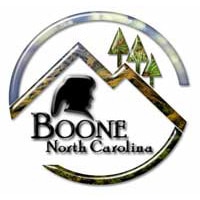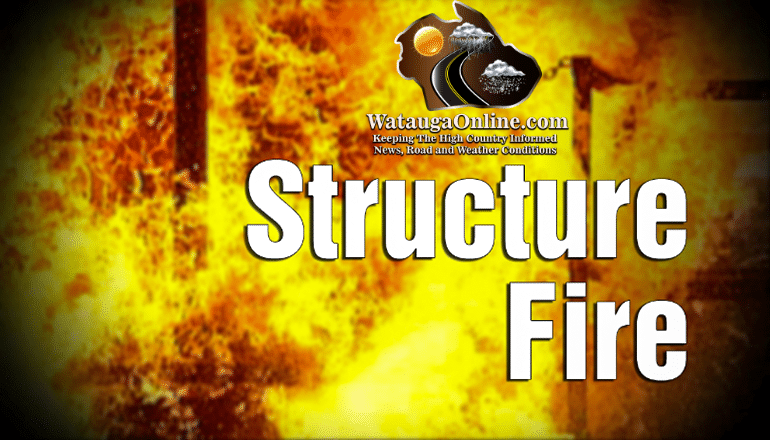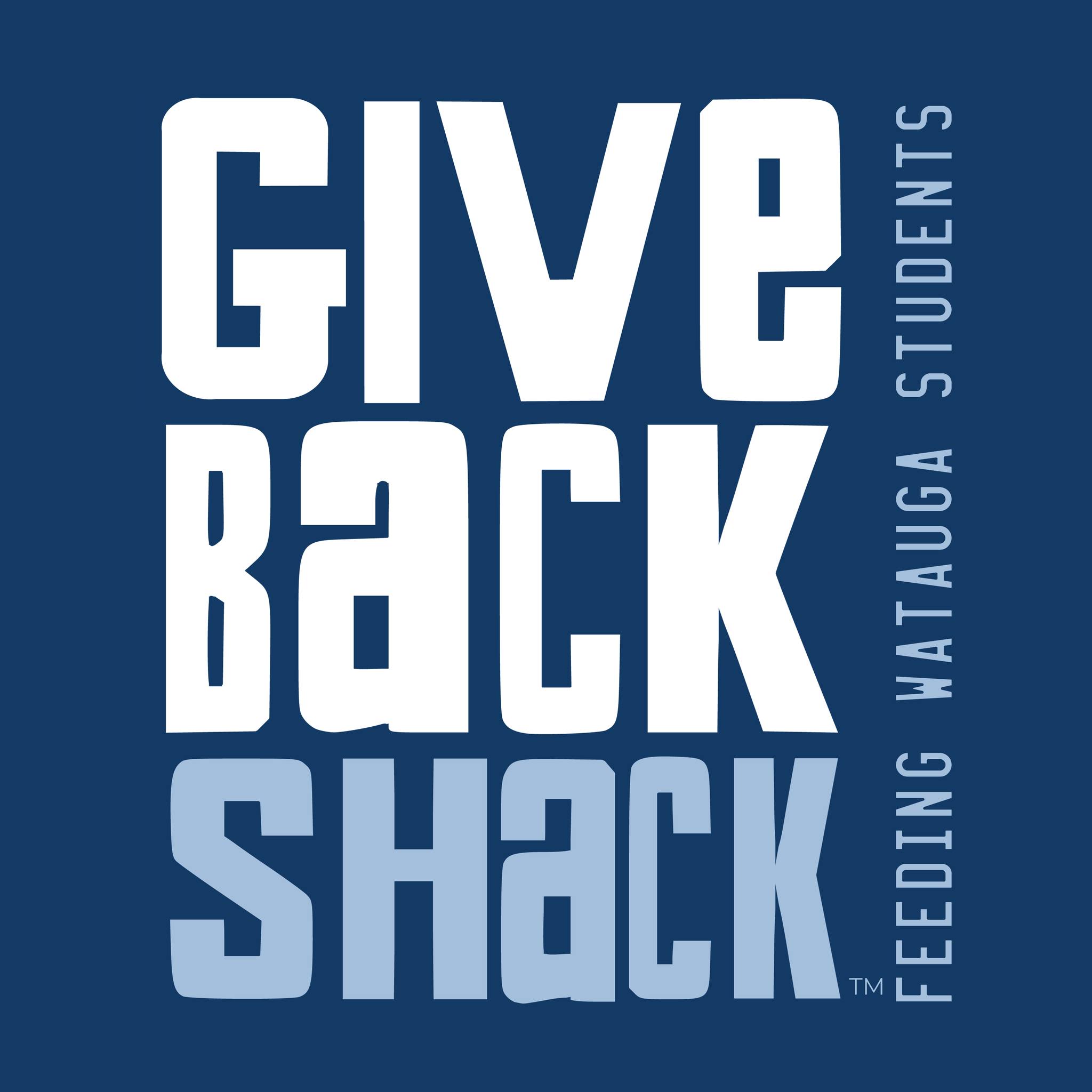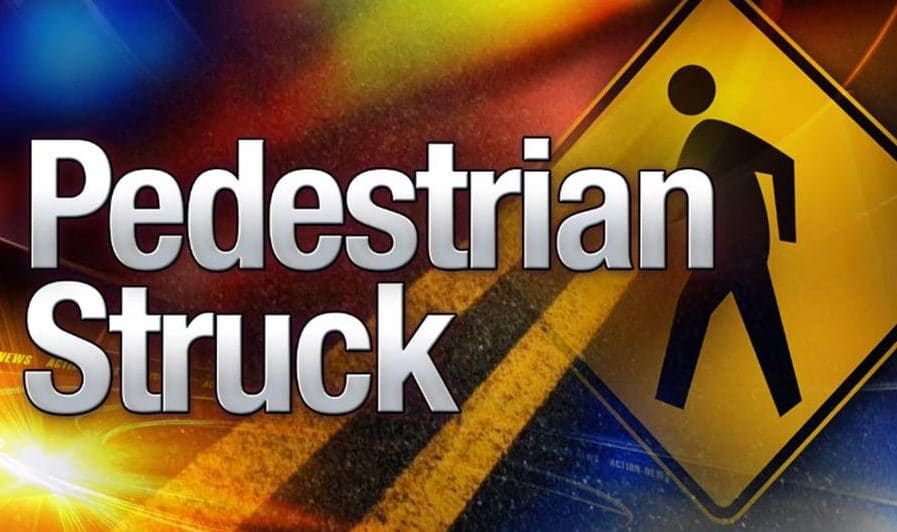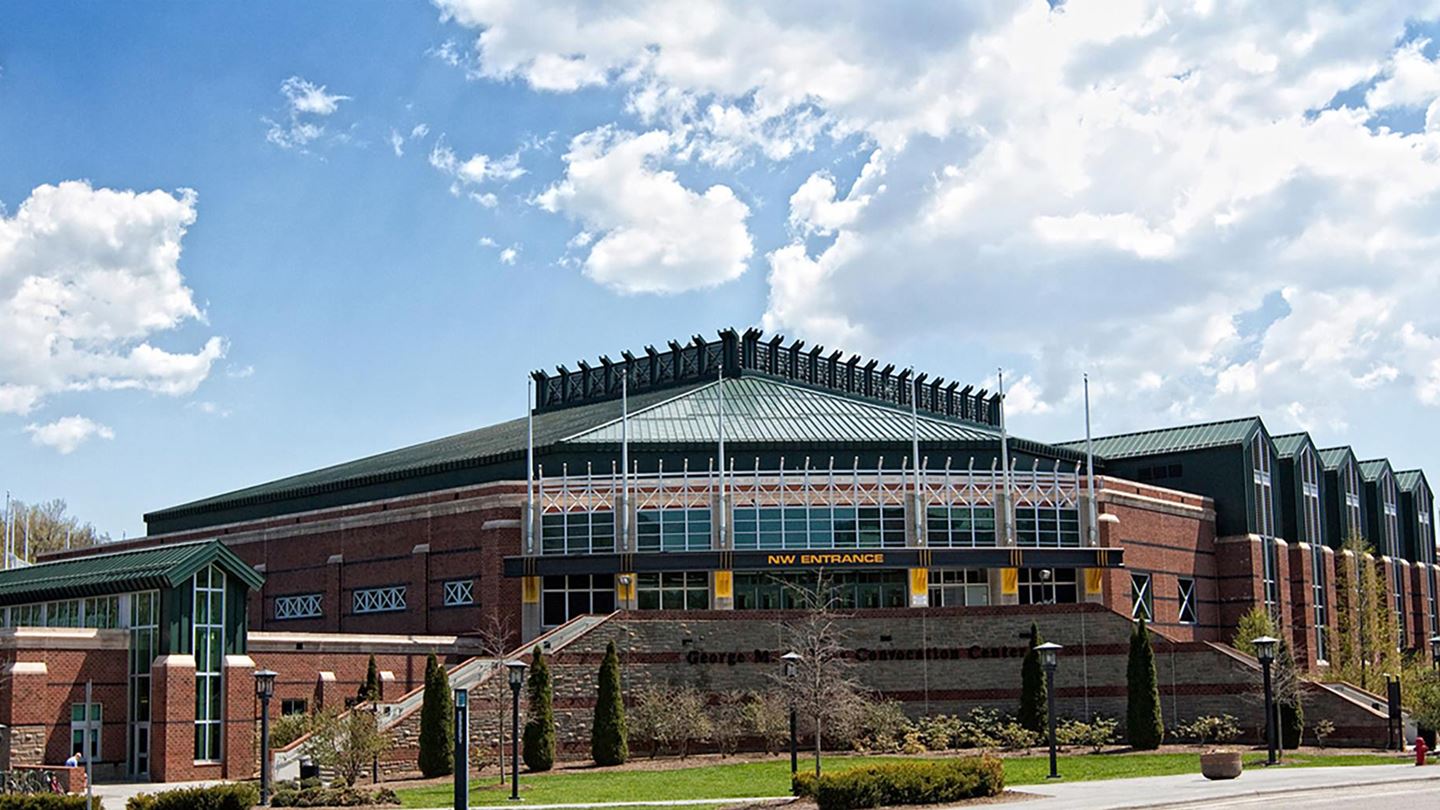Last Updated on July 18, 2019 12:02 pm
RALEIGH–North Carolina Emergency Management and the United Way of North Carolina’s NC 2-1-1 program work in partnership to help families and individuals find needed assistance and resources within their community during and after a disaster. NC 2-1-1 is part of the state’s emergency plan and a member of the State Emergency Response Team (SERT), which is made up of representatives from state, local and federal governments, the private sector, volunteers and nonprofits that prepare, respond and support disaster recovery efforts.
That collaboration resulted in an award for NC 2-1-1 as Innovator of the Year in the category of Disaster Preparedness from the Alliance of Information and Referral Standards (AIRS) for its method of dealing with emergency calls that arrive at NC 2-1-1.
“This is the first year they have presented the Innovation Awards, so we were truly honored to be the first winner,” said NC 2-1-1 State Director Heather Black.
During Hurricane Matthew in 2016, NC 2-1-1 served as the state’s disaster response citizen call line for the first time. Along with many calls for information related to storm preparedness, evacuations and services, NC 2-1-1 also received calls from citizens who needed emergency rescue, but could not reach 9-1-1.
NC 2-1-1 quickly established protocols to share the emergency rescue requests with emergency operations staff. According to Black, the protocol didn’t resolve all the issues, including a means of determining if the caller had received help, which caused a great deal of emotional stress for the 2-1-1 team.
“We always want people to call 9-1-1 when they have an emergency, that’s the fastest way to get help,” said NC Emergency Management Director Mike Sprayberry. “But not everyone can get through to 9-1-1 during a storm.”
Using lessons learned from Hurricane Matthew response, NC 2-1-1 leadership worked with the NC Emergency Management, to develop protocols that address emergency requests received by 2-1-1. Conversations included how to improve communications and close the loop when 2-1-1 staff forward a request and how 2-1-1 leadership embedded within the state EOC can be a valuable asset in the response process.
When Hurricane Florence brought extensive floods in the fall of 2018, NC 2-1-1 call specialists once again received calls from people seeking emergency rescue, unable to reach 9-1-1. However, their new protocol included an internal web form the call specialists completed with caller’s location, contact information and rescue need. The completed form was sent directly to EOC staff who directed it to the appropriate response agency and call specialists received a confirmation message. This streamlined process ensured that the detailed information made it to local officials without the potential for information to be lost in translation. The process also closed the loop with the call specialists letting them know the rescue request was directed to the appropriate parties for response, while providing a system for tracking the requests and outcomes to ensure accountability. NC 2-1-1 has offered to share what they learned and developed with other information and referral systems for their disaster planning purposes.
“This protocol provided tremendous guidance and reassurance to our call center team during Florence and was a true best practice developed after our experience during Matthew,” Black said.
In 2016, more than 12,000 North Carolinians dialed 2-1-1 during Hurricane Matthew to get information on emergency evacuations, shelters, meal sites, water and food distributions, post disaster clean-up, recovery assistance and much more. That number jumped to over 24,000 disaster calls and texts during Hurricane Florence in 2018. That’s not including the more than 19,000 non-disaster calls received during the storm. NC 2-1-1 also sent out 32 text alerts with updates to nearly 6,000 subscribers.









